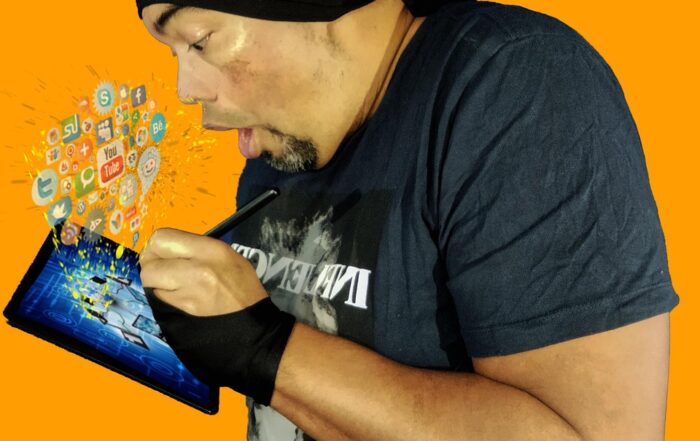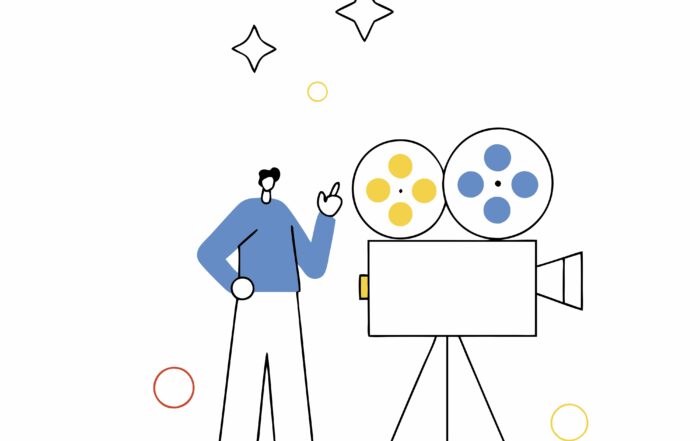On Symptomatic and Fundamental Solutions
Quick Fixes Shift The Burden
All too often we are in a rush. We choose fast food over long-term well-being or we lie to preserve peace. However, a lot of short-term decisions create a burden later on. What if the lie is revealed?
I assume we all like problems to be fixed quickly. Some argue problems are part of life. Certainly, there are different ways to deal with them.
Though quick fixes are the easy way and often obvious, often there are more fundamental solutions. What’s more, symptomatic solutions bear the risk of making things worse in the long run. Fundamental solution don’t.
Think of exercise vs. alcohol to manage stress and long-term differences.
For Peter Senge, author of the 5th Discipline – The Art & Practice Of The Learning Organization, this is a common pattern you can see across many fields. In systems thinking these patterns are called archetypes.
Systems thinking is a discipline providing tools to see the big picture and the interrelationships between what might, at first, seem to be completely unrelated.
Archetypes are the basic building blocks allowing to understand system dynamics. You can observe them in very different fields, from biology to economics, from management to psychology.
Senge describes this effect as the „shifting the burden“ archetype. It specifically warns us about the long-term consequences of relying on a symptomatic solution.
„An underlying problem generates symptoms that demand attention. But the underlying problem is difficult for people to address, either because it is obscure or costly to confront. So people „shift the burden“ of their problem to other solutions – well-intentioned, easy fixes which seem extremely efficient. Unfortunately, the easier „solutions“ only ameliorate the symptoms; they leave the underlying problem unaltered. The underlying problem grows worse, unnoticed because the symptoms apparently clear up, and the system loses whatever abilities it had to solve the underlying problem.“
A common example is stress because of high workload. You put in the extra hours – maybe even highly caffeinated. To wind down you have a glass of wine, or two. In the short-term, this might work. But you likely lose the rest you need to be as effective as necessary. This, of course, is a symptomatic solution.

Shifting The Burden According To Peter Senge
If we rely on symptomatic solutions, like extra hours and coffee to get the work done, and questionable means of relaxation, we’re likely will face side effects. Be it the angry partner because we’re not spending time with our family and friends, or health consequences.
Another good example illustrating, short-term benefit vs. long-term drawback in the context of leadership, is given by Daniel Gilbert:
„Sure, you can get results from threats: Tell someone, “If you don’t get this to me by Friday, you’re fired,” and you’ll probably have it by Friday. But you’ll also have an employee who will thereafter do his best to undermine you, who will feel no loyalty to the organization, and who will never do more than he must. It would be much more effective to tell your employee, “I don’t think most people could get this done by Friday. But I have full faith and confidence that you can. And it’s hugely important to the entire team.” Psychologists have studied reward and punishment for a century, and the bottom line is perfectly clear: Reward works better.“
How we choose to solve problems can have big consequences, as this example shows.
How To Gain Leverage
To gain leverage, the first step is to get aware if you ware using symptomatic or fundamental solutions. There are many ways to deal with a problem. For the high workload problem, one could prioritize and let unimportant work alone, ask for help, or negotiate workload.
If one wants lasting solutions distinguishing between symptomatic and fundamental solutions is key. Senge adds the following:
„The primary insights in shifting the burden will come from (1) distinguishing different types of solutions; (2) seeing how reliance on symptomatic solutions can reinforce further reliance. The leverage will always involve strengthening the bottom circle, and/or weakening the top circle. Just as with small actions – and to give the test time to come to fruition. In particular, strengthening an atrophied ability will most likely take a long period of time.“
Not using a symptomatic and using a more fundamental solution will require willpower. So does telling the truth about quick fixes.
A wonderful example of the principles illustrated with the shifting the burden archetype can be found in the approach of the Alcoholics Anonymous. The first step is, to tell the truth, to admit one’s powerlessness. At the same time, the group offers support for rehabilitation and dealing with problems that led to drinking. Like that the symptomatic solution is weakened while the fundamental solution gets stronger.
Otto Scharmer, author of Theory U – Leading From The Future As It Emerges, argues that we collectively create results that nobody wants. We keep stuck in patterns of the past, „download“ past solutions. Awareness and mindfulness are instrumental in choosing better solutions:
“Leadership is about being better able to listen to the whole than anyone else can.”
Ridding oneself of old patterns isn’t always easy. I’d argue, time to reflect is a requirement for finding proper solutions. Maybe that’s why there is such a high demand for coaching.
In the coaching context, it is common practice to generate alternative solutions, consider consequences of each possible solution, and target the most feasible solution.
This approach allows seeing clearly how we act in self-disturbing and self-limiting ways. What’s more, we can decide to use more effective ways.
Senge adds:
„Sometimes symptomatic solutions are needed – for example, in treating a person suffering from a disease created by smoking or drinking. But symptomatic solutions must always be acknowledged such as, and combined with strategies for rehabilitating the capacity for fundamental solution, if the shifting the burden dynamic is to be interrupted. If symptomatic solutions are employed as if they are fundamental solutions, the search for fundamental solutions stops and shifting the burden sets in.“
Complement this with Limits To Growth: When Pushing Harder Doesn’t Do The Job or The 5th Discipline – The Art & Practice Of The Learning Organization by Peter M. Senge.
Suggested Reading:
- The 5th Discipline – The Art & Practice Of The Learning Organization by Peter M. Senge
- Theory U – Leading From The Future As It Emerges by Otto Scharmer
References:
- Alcoholics Anonymous: The Twelve Steps of Alcoholics Anonymous. Link: https://www.alcoholics-anonymous.org.uk/about-aa/the-12-steps-of-aa
- Gilbert, D.: The Science Behind the Smile
- Scharmer, O.: Theory U: Leading from the Future as It Emerges
- Senge, P.: The Fifth Discipline
- Cox, E.:/ Backkirova, T./ Clutterbuck, D.: Complete Handbook of Coaching
Photo Credits:
- Photo by Ahmed Saffu on Unsplash (license)








